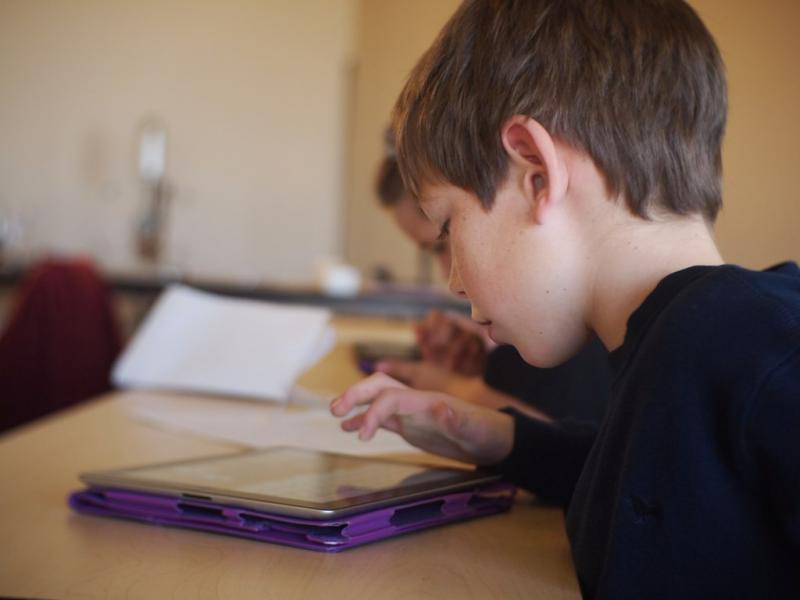LAUSD's iPad Problem Is Not Going Away

Since its poorly executed rollout, the Los Angeles Unified School District’s $30 million program to provide 50,000 students across 47 campuses wwith Apple iPad tablets has been a comedy of errors.
SEE ALSO: Apple To Provide 30,000 iPads to 47 L.A. Schools
Over 300 students were able to hack the devices almost immediately after the initial rollout, prompting officials to temporarily suspend the program at several campuses.
Howard Blume of the Los Angeles Times has been chronicling tales of directionless LAUSD campuses mired in "chaos."
One-third of the devices are now missing and there has been no district guidance on how to recover costs on devices that have been lost or stolen. LAUSD told KABC that 30 percent of families cannot even afford the broadband Internet connection necessary to utilize the iPad devices at home.
The program has gone adrift. And that is even before you look at the ever-increasing price tag.
The LAUSD will likely have to pay an additional $28 million to provide students with wireless keyboards students. The district is also considering investing another $100 million to provide broadband connections at home for low-income students.
The money for the project — which is estimated to top $1 billion — is being tapped from two bonds that must be repaid in 25 years.
Critics have complained about the fact that the lifespan for iPads is usually just 2 – 3 years.
District officials boasted that Apple will replace all broken or missing iPad units for three years, but that is true only until the cost exceeds 5 percent of the contract’s value.
In a similar pilot program in the UK last year, nearly 40 percent of the iPad devices were broken by the end of the first school term — and that was just with 1,200 students.
This does not even address the $700 price tag of each iPad that LAUSD buys on contract, complete with Pearson’s Common Core System of Courses software and Apple’s iWorks suite pre-installed.
But that price tag is significantly higher than the wholesale price tag on the latest iPad model ($485), and school officials could likely use cheaper second or third-generation iPad models with similar results.
Apple now offers its iWorks suite for free on all new iOS devices, so its inclusion is hardly a steal for the school district. And unlike rival bids from Windows tablet manufacturers, iWorks does not work natively with Microsoft Office.
That means the LAUSD is spending, at the very least, an additional $200 per device on insurance, Wi-Fi infrastructure and the Pearson software. The latter is likely the reason the LAUSD signed off on the project, as Pearson has been involved with the district’s aggressive adoption of Common Core standards.
SEE ALSO: Common Core Is Now In Session
Pearson will not only provide the educational materials to help students and faculty meet Common Core standards, but it will also provide the eTextbooks required for the transition to Common Core.
When it comes time to measure students on their knowledge of the Common Core, Pearson also be producing the test materials as well.
Pearson’s role in the development of Common Core, and the economic windfall generated by the rapid adoption of the new standards, has been an area of concern for opponents of Common Core.
Technology is a big focus for the Common Core initiative, but the design and scope of the iPad project has worried many since its inception. The questionable appropriation of funds for a nascent digital platform, instead of hiring more educators, reducing classroom size or making building improvements is a legitimate concern.
As LAUSD County Superintendent John Deasy takes to the airwaves tonight to defend the $30 million program, the iPad rollout may end up being a costly miscalculation.
Contact Staff Reporter Will Federman here or tweet him at @wfederman.



